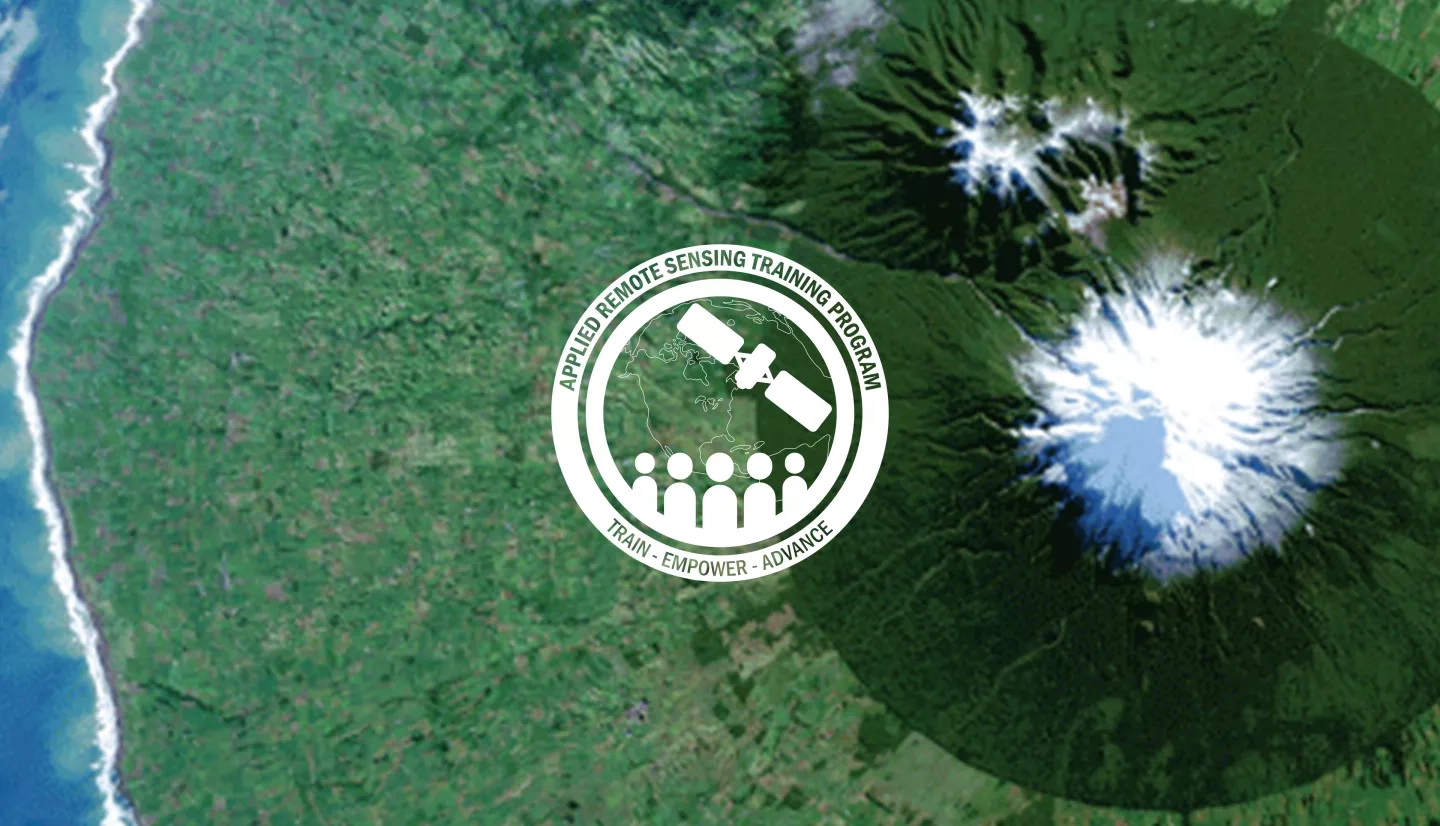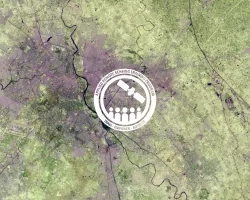Description
In this introductory course, participants are provided with an overview of carbon monitoring for terrestrial ecosystems. This includes background information about the Intergovernmental Panel on Climate Change (IPCC), Greenhouse Gas (GHG) inventories, the United Nations Framework Convention on Climate Change (UNFCCC), and development of the Reducing Emissions from Deforestation and Degradation (REDD+) program. This course covers products from Landsat, MODIS, Sentinel, and other sensors commonly used for land management applications.
This course also provides information about carbon estimation techniques and conducting accuracy assessments on these estimates. There are also demonstrations of tools for carbon monitoring, such as NASA’s Carbon Mapper. Finally, guidance on reporting and verification of carbon estimates and the larger role of carbon markets are discussed, as well as additional guidance on resources available to participants.
- Sessions 1 and 2A of Fundamentals of Remote Sensing
Participants will gain a basic understanding of carbon monitoring and estimation, its global importance, and learn to acquire and use remote sensing imagery, including:
- Techniques for estimating carbon
- Developing accuracy assessments
- Reporting and verifying carbon estimates
Local, regional, state, federal and international organizations interested in assessing and reporting carbon estimates using satellite imagery.
- Five 90-minute sessions
- Weekly homework assignments
An overview of policy on carbon monitoring, importance of forest monitoring (IPCC Greenhouse Gas Inventories and REDD+), performing a key category analysis, and elements of National Forest Monitoring Systems (NFMS).
Materials:
Materiales en Español:
An overview of available satellite sensors and products available to monitor terrestrial ecosystems, pre-processing imagery requirements, image classification and change detection, considerations for NFMS sustainability, and a demonstration of NASA's Carbon Mapper.
Materials:
Materiales en Español:
Designing a field campaign to collect carbon pool information, ground data collection and use in estimating carbon pools, the use of remote sensing in supporting the National Forest Inventory, and how to derive carbon emissions.
Materials:
Materiales en Español:
Developing an accuracy assessment, calculating accuracy statistics, and a demonstration of the Boston Education in Earth Observation Data Analysis (BEEODA) tools.
Materials:
Materiales en Español:
An overview of guidance resources (methods and guidance documentation (MGD), REDDCompass, and GOFC-GOLD SourceBook) and reporting and future perspectives, including the role of carbon markets and carbon emission reporting from the forest sector.
Materials:
Materiales en Español:



